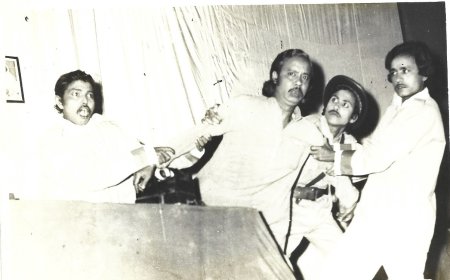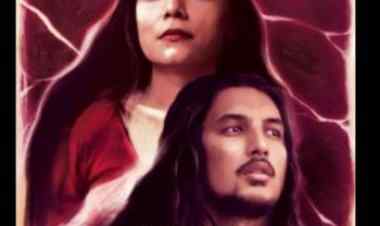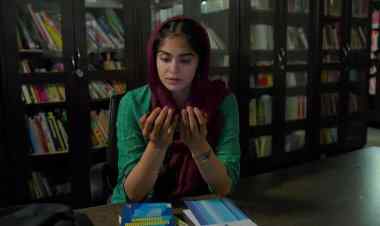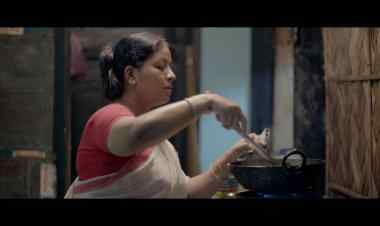Review : J.L. KAUL – A MAN OF ACTION
Shoma Chatterji critiques a noteworthy biographical documentary by Kashmiri filmmaker Bilal A. Jan titled "J.L Kaul - A Man of Action." The film portrays the remarkable life of J.L. Kaul, who, despite being blind, dedicated his entire life to advocating for the welfare of the blind community.
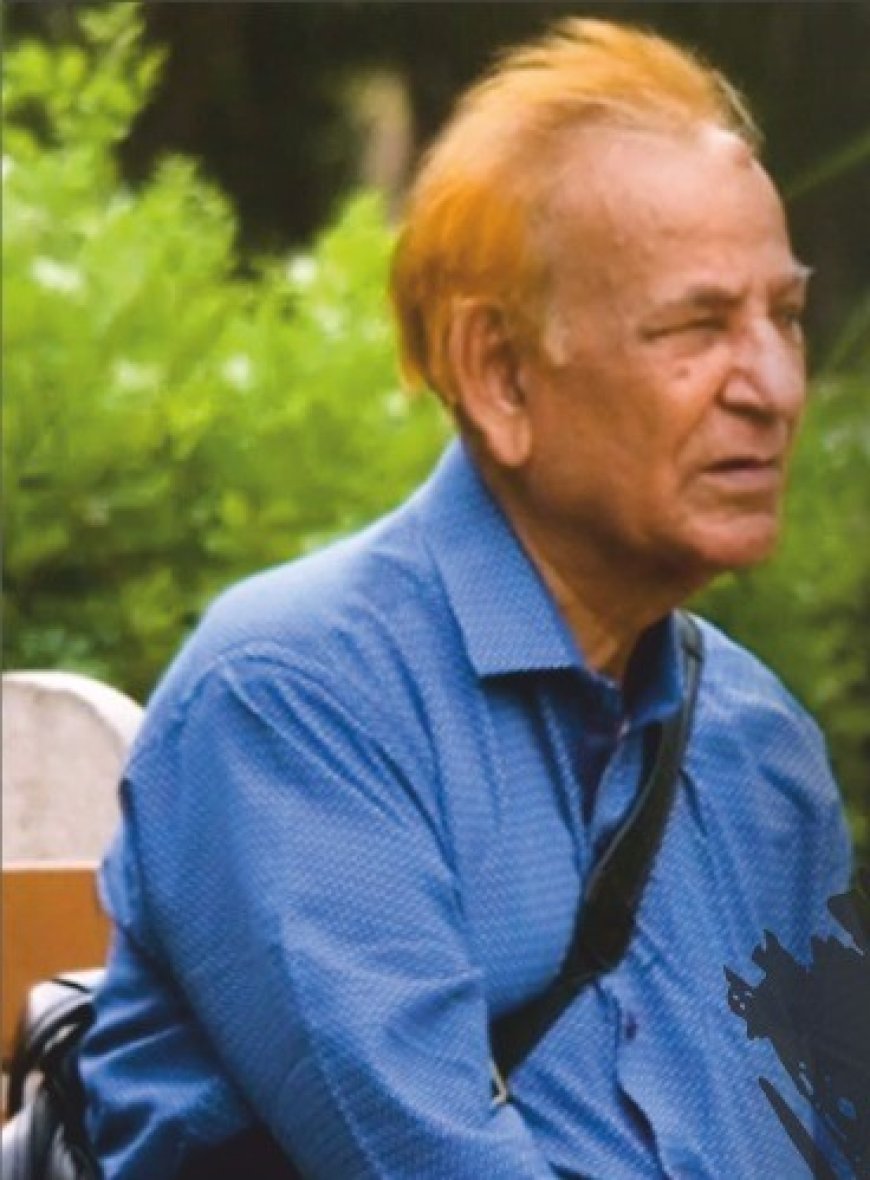
“The saddest thing in life is people with sight, but without vision.” - Helen Keller
J. L. Kaul – A Man of Action begins with this quote from none other than Helen Keller. This is a documentary film on a great “man of action” who is blind and has no gift of sight. This 30-minute biographical documentary has been produced by National Film Development Corporation (NFDC) and directed by noted documentary filmmaker Bilal A. Jan.
Bilal A. Jan is a Jammu and Kashmir born-and-bred filmmaker who has specialized in socially relevant documentaries through his career. He began with film appreciation courses in FTII and NFAI followed by assisting ace filmmakers like Shyam Benegal, Vidhu Vinod Chopra and Dr. Jabbar Patel, but soon stepped out on his own to make very significant and topical films like Ocean of Tears, Lost Childhood and so on.
Lost Childhood analyses the illegal employment and ruthless exploitation of the children who work as child labour in Kashmir valley of J&K State. The film also depicts how employers of various trades exploit these helpless and hope less children by making them work for excessive hours and paying them very low wages or no wages. The film also highlights the root cause of the problem. Despite having various laws and labour acts for banning the child labour, the practice still continues.
Ocean of Tears, a documentary produced by Public Service Broadcasting Trust, Delhi, gives us a bizarre insight into the administrative, legal and judicial apathy these women are victim to. The gang-rapes and the killings, murders and forced disappearances are one side of the story. The other side is darker, scary and inhuman – the Indian Government’s attempts to either hide or white-wash the truth of these violent acts instead of punishing the offenders who belong to the military forces – the Army, the Rashtriya Rifles, or the CRPF. Militants too might have been involved but most of these atrocities on women are said to have been done mainly by the different military outfits of the Indian defense services.
But his recent film, J.L. Kaul – A Man of Action is his first ever biographical documentary. This film was recently selected for the 16th International Documentary Film Festival of Kerala IDSFFK 2024, in a short documentary focus section. This film was also part of the MIFF BAZAR 2024.
This is the story of Jawahar Lal Kaul, a visually impaired man who received the Padma Shri Award and whose contribution allowed him to give up his material possessions in order to pursue a life of service to others. The protagonist, J.L. Kaul, had to overcome numerous social barriers and prejudices in order to not only find a place in this world but also, through his tireless work for the visually impaired, create social and legislative spaces for thousands of others.
The film begins with the early life of J.L. Kaul born into an extended Kashmiri family born as a sighted child on 28 July 1942, in Sri Nagar, in the Himalayan state of Jammu and Kashmir. Through some archival footage, we watch the little boy with his family and parents through archival clips and photographs till he was five years old. But then, he was struck with a sever attack of small pox and the family feared for his life. Though he recovered, he had become totally blind and his family was completely devastated. This was reasonable as in those days, 1947 to be exact, there was no possible alternative for blind persons to lead a meaningful life that would bring him financial independence. There was a little vision left in one eye but that too went away after some time. He recovered his sight slightly for a very short time but lost it again.
His determination however, helped him not only to make life a meaningful exercise but also help blind children and adults to make meaning out of their sightless lives. On the personal front too, he faced many hassles just because he was blind. When he wishes to pursue his graduation on Sanskrit, the only candidate offering honours in Sanskrit, he was refused admission because he was the only student and it was logistically a handicap for the college to have just a single student offering Sanskrit as the major subject. But his professor came to his aid and offered that he would leave his job for two years in case Kaul failed in the examinations. Kaul topped the Punjab University in his graduation exams and his professor’s faith in his abilities was justified.
One of his blind friends states that he exercised his fingers so hard to master Braille that his fingers would begin to bleed and he would still go on. Kaul remembers a wonderful teacher in his blind school who became an inspiration for him to march forward in life. Despite all the accolades and awards, Kaul comes across as a simple, unassuming soul who has dedicated his entire life in the service of the blind. He also married a blind lady who has applied for a job in Delhi but was told that since it would not be possible for the appoint her as she was a single blind lady, she could get the job only if she was married. And the two blind husband and wife went on to lead a contented married life each one understanding and empathizing with the other’s problems.
Bilal A. Jan follows a straightforward narrative turned into a collage of interviews of people who worked with him closely or knew him closely, with bytes by Kaul himself, his fair face filled with pock marks as the remnants of his fight with small pox. The greatest worry for both Kaul’s family and for Kaul himself was that in those days, the blind had almost no opportunities of proper and regular employment. But once Kaul became independent himself, he decided to dedicate his entire life in the service of the blind. There is no music, either through songs or though any music track in the background. This lack of music however, does not disturb the flow of the narrative however. But there is no knowing if music would have aided in the aesthetics of the film. Kaul also wrote his autobiography at one time. The editing is smooth as it moves from Kaul talking about his work to others showering accolades on Kaul cutting to his active work for the blind – in employment for adults and in education for blind children. None of the interviewees are camera-conscious as they a sightless. But their thoughts are clearly articulated in words.
Kaul narrates how, in the mid-sixties, he moved to Delhi to do something for the rehabilitation of blind people. In Delhi, he set up the Training and Rehabilitation Centre for the Blind in 1967, and served as its secretary. With the organization to support, he played an active role is the establishment of the National Federation of the Blind, reported to be the first national level self-help organization for the blind in India, and was its founding secretary. He continued in the post until 1978 when he turned his attention to the setting up of an organization on a larger scale.
In 1980, Kaul founded the All India Confederation of the Blind (AICB), a NGO operating out of a small rented office with a capital of Rs. 300.The organization, over the years, has grown into a nationwide institution, with own campus and branches across the country, becoming the largest Braille production centre in the country. AICB caters to the Braille requirement of 10 states in India, in providing the matter in Braille for college and school textbooks. The organization also runs a science laboratory and a resource centre, providing opportunities to visually impaired people to have facilities on a par with sighted students. Quickly edited shots of the resource centre show us a fully equipped laboratory is filled with human skeletons which blind students can touch and understand the workings of the human body. Three dimensional models of the inner body of a human being are also shown in closely edited shots towards the end of the film. In fact, the laboratory has such an excellently orchestrated infra-structure, that it can help sighted children equally well.
Kaul received the the Louis Braille Medal in 2012, the highest honour awarded by the World Blind Union. Kaul was the first recipient of the award from a developing country.
J.L. Kaul – A Man of Action follows a straightforward narrative without any cinematic gimmicks to make it visually or musically attractive. But the film is certainly a value-addition to the Indian film archive of biographical documentaries as a frame of reference for all blind men, women and children across the world who can learn a lot just by listening to the soundtrack as they will not be able to see the visuals. All said and done, this is a very honest film.
*****
What's Your Reaction?









































